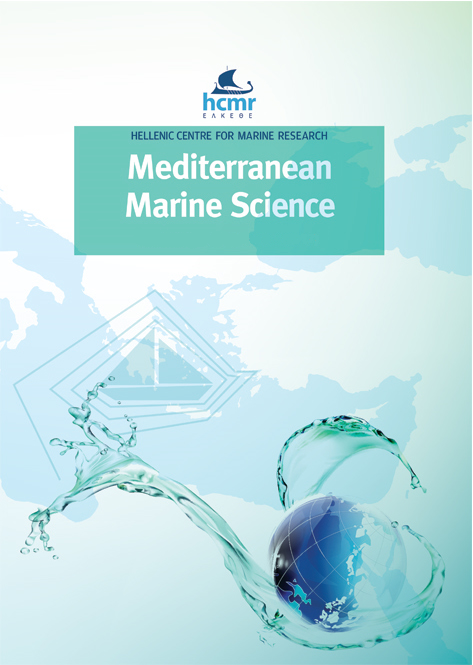Patterns of benthic diversity in marine underwater caves of the Marseille Region (France, North-Western Mediterranean Sea)

Abstract
Underwater caves are remarkable habitats of the Mediterranean Sea. In the present study, we compare the geomorphology of four underwater caves of the Marseille area and the associated sessile assemblages across two contrasted communities (Semi- Dark and Dark-cave communities). Using a non-destructive method of sampling, photoquadrats of the walls of the caves were performed in 2020 to assess the biodiversity and the structure of these communities. In addition, taking advantage of available reference data from 2015, we evaluate the changes in sponge assemblages for the period 2015-2020, focusing on observations of the Semi-Dark cave community. Our results illustrate how the diversity of environmental settings and cave morphologies shape the benthic community composition of the four caves. In all four caves, the Semi-Dark community is the more diverse and harbours the higher number of species when compared to the Dark community. Each cave presents a different species assemblage with in most cases, distinct dominant species which highlight the singularity of each cave. Moreover, our temporal change assessment demonstrates a critical decrease in sponge species richness for all caves, possibly related to the increasing frequency of marine heatwaves that have occurred in the last decade. Although some species (mostly in the Keratosa subclass) seem to be particularly affected, other species such as Chondrosia reniformis appear to have benefitted from the situation. Our findings underline the importance of biodiversity monitoring in a context of a rapidly changing environment, in particular in poorly resilient marine ecosystems such as underwater caves.
Article Details
- How to Cite
-
DERRIEN, M., CHEVALDONNÉ , P., & PÉREZ, T. (2024). Patterns of benthic diversity in marine underwater caves of the Marseille Region (France, North-Western Mediterranean Sea). Mediterranean Marine Science, 25(3), 666–681. https://doi.org/10.12681/mms.38566
- Section
- Research Article
Authors who publish with this journal agree to the following terms:
- Authors retain copyright and grant the journal right of first publication with the work simultaneously licensed under a Creative Commons Attribution Non-Commercial License that allows others to share the work with an acknowledgement of the work's authorship and initial publication in this journal.
- Authors are able to enter into separate, additional contractual arrangements for the non-exclusive distribution of the journal's published version of the work (e.g. post it to an institutional repository or publish it in a book), with an acknowledgement of its initial publication in this journal.
- Authors are permitted and encouraged to post their work online (preferably in institutional repositories or on their website) prior to and during the submission process, as it can lead to productive exchanges, as well as earlier and greater citation of published work (See The Effect of Open Access).




